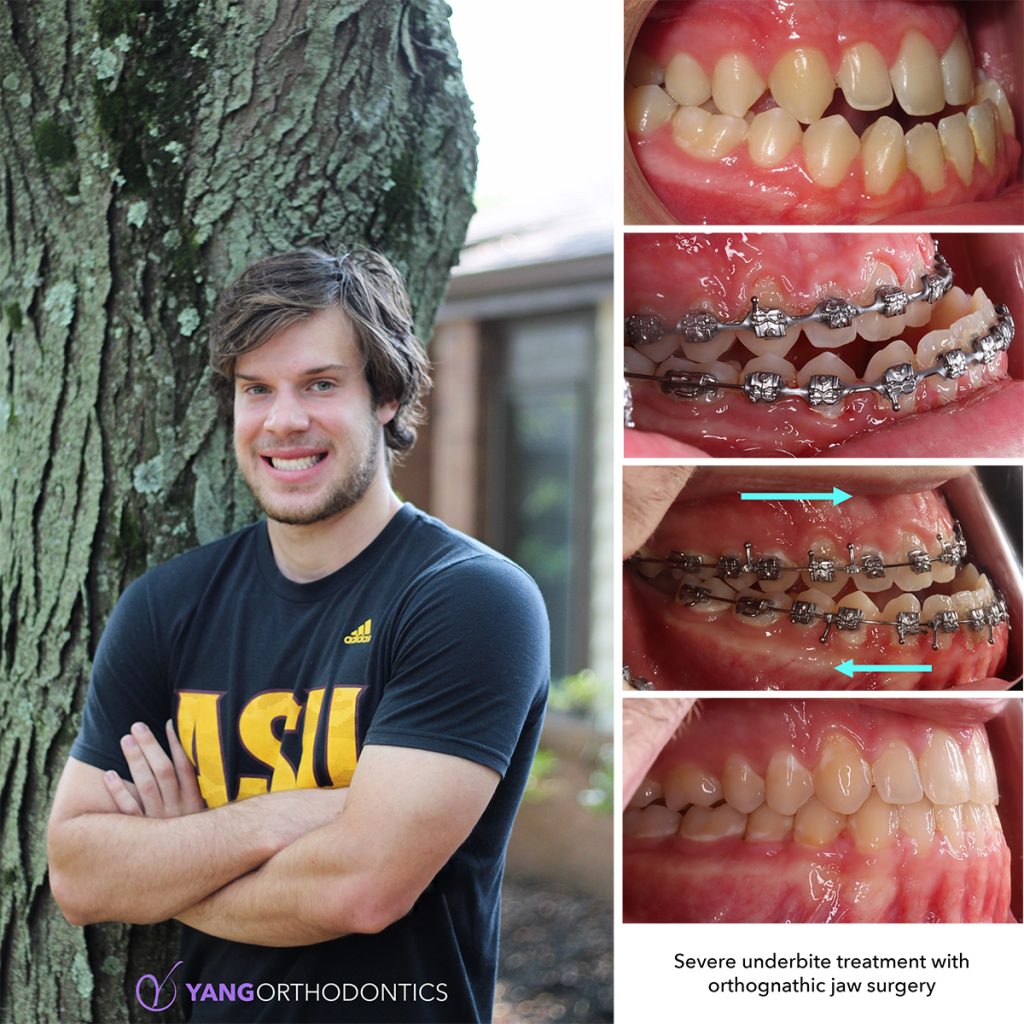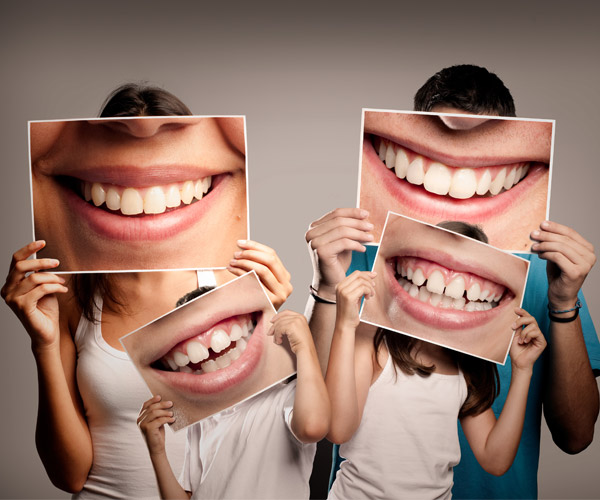Whatever You Need to Find Out About Braces, Aligners, and Retainers
Orthodontic therapies such as dental braces, aligners, and retainers play a vital role in attaining a straighter and healthier smile. Each of these orthodontic home appliances offers a particular objective in dealing with oral misalignments and bite concerns. From traditional dental braces to modern aligners, there are different choices readily available to accommodate specific requirements and preferences. Understanding the distinctions, benefits, and maintenance needs of these orthodontic tools is crucial for anyone thinking about enhancing their oral alignment. The journey to a completely aligned smile involves more than just aesthetic appeal; it impacts total dental health and well-being.
Kinds Of Orthodontic Therapies
Orthodontic therapies incorporate different methods intended at dealing with and lining up teeth for improved oral health and appearances. One of the most typical type of orthodontic treatment is traditional braces, containing metal braces adhered to the teeth and connected by cables. These dental braces progressively change teeth into the desired placement via routine adjustments by an orthodontist.
An additional preferred alternative is ceramic dental braces, which are much less recognizable than steel dental braces as a result of their clear or tooth-colored brackets. Lingual dental braces are affixed to the rear of the teeth, making them practically invisible from the exterior. For those seeking a much more discreet alternative, clear aligners like Invisalign offer a removable and transparent choice to traditional dental braces.

Advantages And Disadvantages of Dental Braces
When thinking about orthodontic therapy alternatives, it is important to weigh the benefits and disadvantages of dental braces. Dental braces are highly efficient in correcting a large range of dental problems such as jagged teeth, congestion, misalignment, and attack troubles. One of the primary benefits of braces is their dependability in providing exact and foreseeable outcomes over a defined treatment duration. They are also suitable for individuals of all ages, making them a flexible alternative for orthodontic care. Additionally, braces can help enhance oral health and wellness by boosting the placement of teeth, which can minimize the threat of tooth decay, gum illness, and various other dental issues in the future.
Nonetheless, there are some downsides to consider when selecting dental braces. One of the most usual problems include discomfort and potential mouth sores during the first change duration. Maintenance can likewise be difficult, requiring frequent dental gos to for changes and regular cleaning to avoid food fragments from getting trapped. One more aesthetic consideration is the presence of standard metal dental braces, which might affect the wearer's confidence throughout therapy. Despite these downsides, the proven efficiency of braces in accomplishing optimal dental alignment usually outweighs the cons for many clients - orthodontics.
Benefits of Aligners
A significantly prominent alternative to traditional braces, aligners supply numerous benefits in orthodontic treatment. One of the key benefits of aligners is their virtually undetectable look, making them a very discreet alternative for people looking for to correct their teeth without accentuating their orthodontic treatment. Aligners are likewise removable, enabling clients to conveniently brush and floss their teeth, leading to much better oral health during therapy contrasted to typical dental braces. This function additionally means that there are no food restrictions, offering more flexibility in dietary options.
Moreover, aligners generally call for fewer visits to the orthodontist for adjustments, as contrasted to dental braces, which can be a practical element for individuals with busy schedules. The therapy procedure with aligners is usually extra comfortable, as there are no metal brackets or cords that may cause irritability to the mouth. Furthermore, aligners can commonly attain cause a much shorter time framework than conventional braces, relying on the More Help complexity of the orthodontic problems being addressed.

Importance of Retainers
The value of retainers in preserving orthodontic therapy end results can not be overstated. Retainers play an essential function in maintaining the results attained with dental braces or aligners. After the first stage of orthodontic therapy, where aligners or braces are used to straighten out teeth and right bite problems, retainers are crucial for preventing the teeth from moving back to their original position.
Retainers aid to maintain the teeth in their new lined up position, permitting the supporting frameworks in the mouth to adjust to the modifications. Without correct retainer wear, there is a risk of relapse, where the teeth gradually relocate back towards their pre-treatment placement. This can reverse all the progress made throughout the orthodontic treatment, bring about the requirement for added intervention.
It is advised to wear retainers as routed by your orthodontist to maintain the outcomes of your treatment in the lengthy term. Normally, retainers are initially worn full-time and then transitioned to nighttime wear once the orthodontist determines it is proper. Consistent retainer usage is key to ensuring a long-term, beautiful smile.
Upkeep Tips for Orthodontic Appliances
Proper care and upkeep of orthodontic devices are important for ensuring their performance and longevity. Braces, aligners, and retainers require persistent focus to maintain them in optimum condition throughout the treatment procedure. When using braces, it is vital to keep good dental health by brushing after every meal and flossing everyday to avoid plaque build-up. Avoiding hard, sticky foods can likewise avoid damages to the dental braces. Regular check-ups with your orthodontist are essential to make sure that the braces are changed properly and are working as intended.

Verdict
To conclude, orthodontic therapies such as aligners, dental braces, and retainers play a crucial duty in fixing dental concerns and enhancing total oral wellness. Each treatment choice has its very own benefits and drawbacks, and it is very important to follow proper maintenance tips to ensure the effectiveness of the appliances. Whether it is dental braces for a lot more severe situations or aligners for a much more read discreet choice, talking to a dental professional will help establish the most effective therapy strategy for specific demands.
Orthodontic therapies such as aligners, retainers, and dental braces play a vital function in achieving a straighter and healthier smile.One more preferred option is ceramic dental braces, which are less visible than metal dental braces due to their clear or tooth-colored braces.In some instances, after dental braces or aligner therapy, retainers are essential to maintain the recently aligned setting of the teeth. After the preliminary phase of orthodontic treatment, where aligners or braces are utilized to correct the alignment of teeth and right bite concerns, retainers are crucial for protecting against the teeth from moving back to their original position.
In conclusion, orthodontic treatments such as retainers, dental braces, and aligners play a crucial function in remedying dental issues and enhancing general oral health. - orthodontics